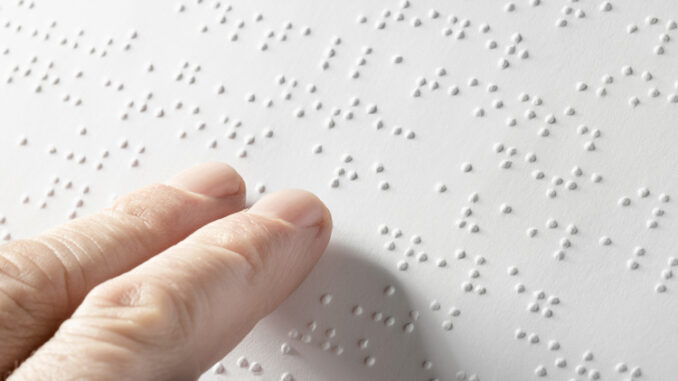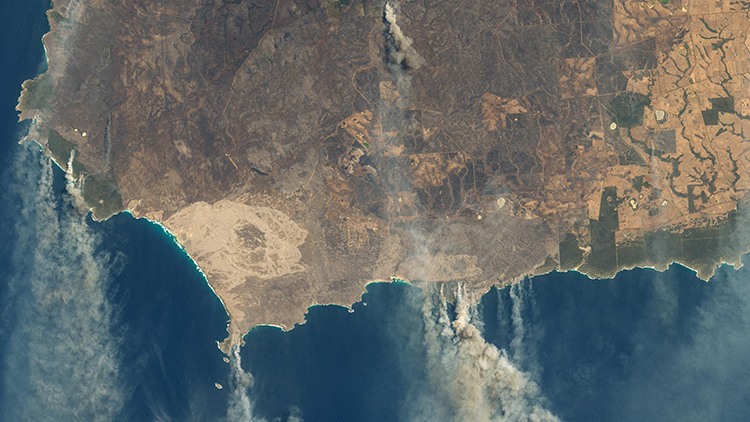
January 4th is World Braille Day! Braille is a coded system of raised dots. Braille helps blind and visually impaired people read.
The United Nations began World Braille Day in 2018. About 36 million people are blind. The UN promotes literacy around the world. Making Braille available is part of this literacy effort. A further 217 million people live with vision impairment. Many of these people do not have access to Braille. But groups like the World Blind Union make Braille available to people in developing countries.
January 4th is Louis Braille’s birthday. Louis Braille was a French educator born in 1809. He was blinded in an accident at the age of three. At 15 years old, he made a system to help blind people read. The system became known as Braille. In the system, a group of raised dots represents a letter of the alphabet. The system is also used to represent numbers, sounds, and words.
Many popular books can be found in Braille. The National Braille Press (NBP) makes Braille books for visually impaired readers. They make more than just books, too. In 2021, the NBP made Braille menus for Starbucks!
Braille is used on many different things other than books. Have you ever heard of a Rubik’s cube? It’s a cube-shaped puzzle. The puzzle is made up of smaller cubes that can be moved. The face of each cube has a color on it. To solve the puzzle, you move the small cubes around. The point is to group similar colors together. But people with vision impairment can have difficulty solving the puzzle. So, someone invented a Rubik’s cube with Braille instead of colors!
Over the years, Braille has helped visually impaired people read. On January 4th, we celebrate this system and its creator. We also celebrate the efforts of people around the world who work to support learning for visually impaired people.
What Do You Think? How has Braille made a difference for blind and visually impaired people?
Photo Credit: Andy Shell/Shutterstock



